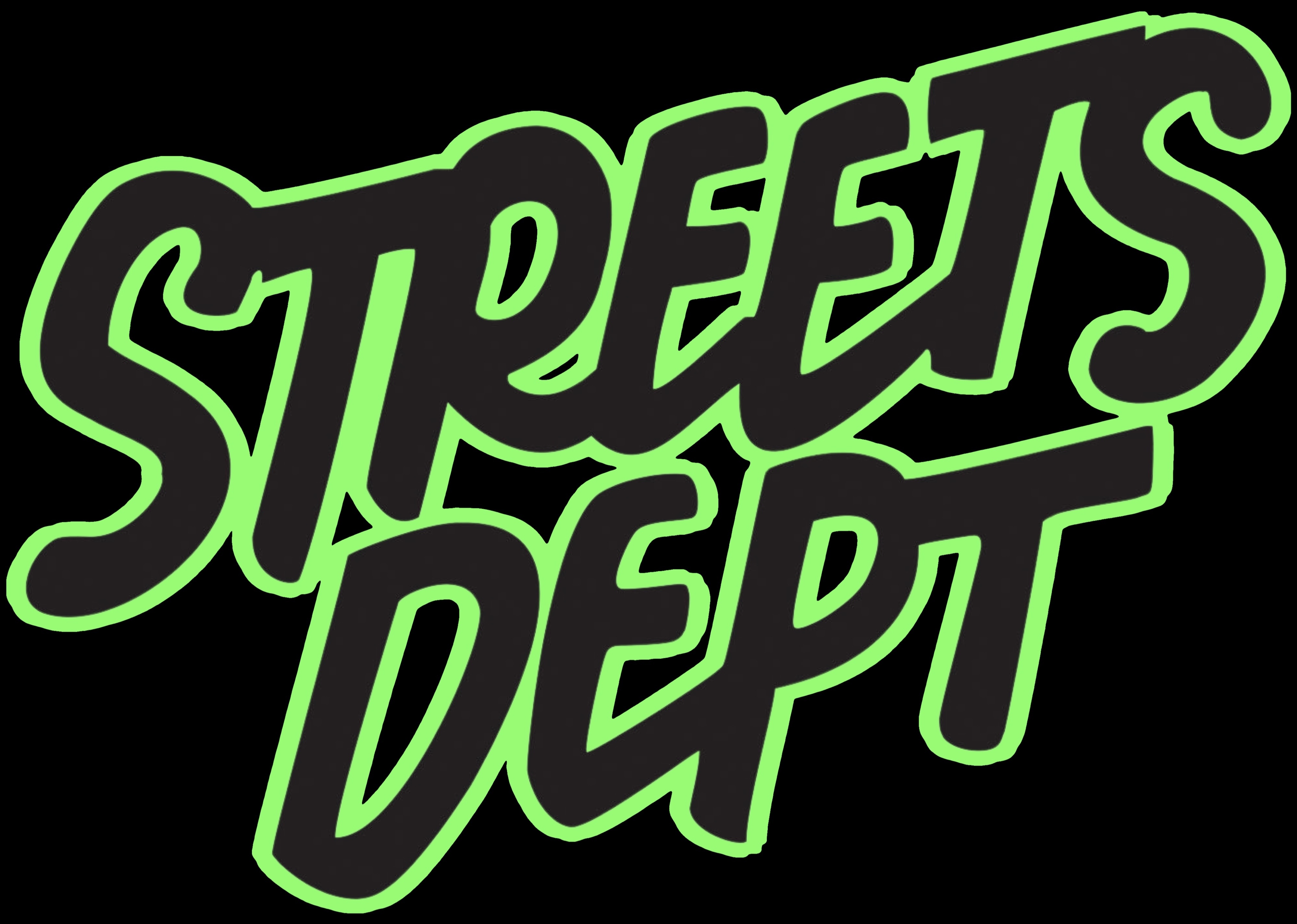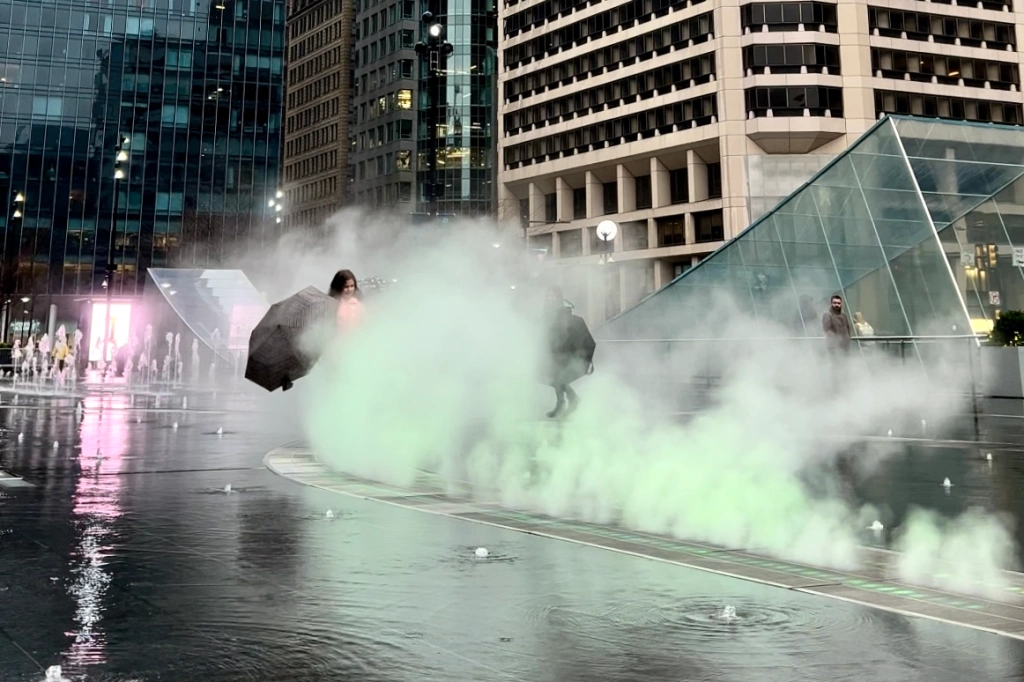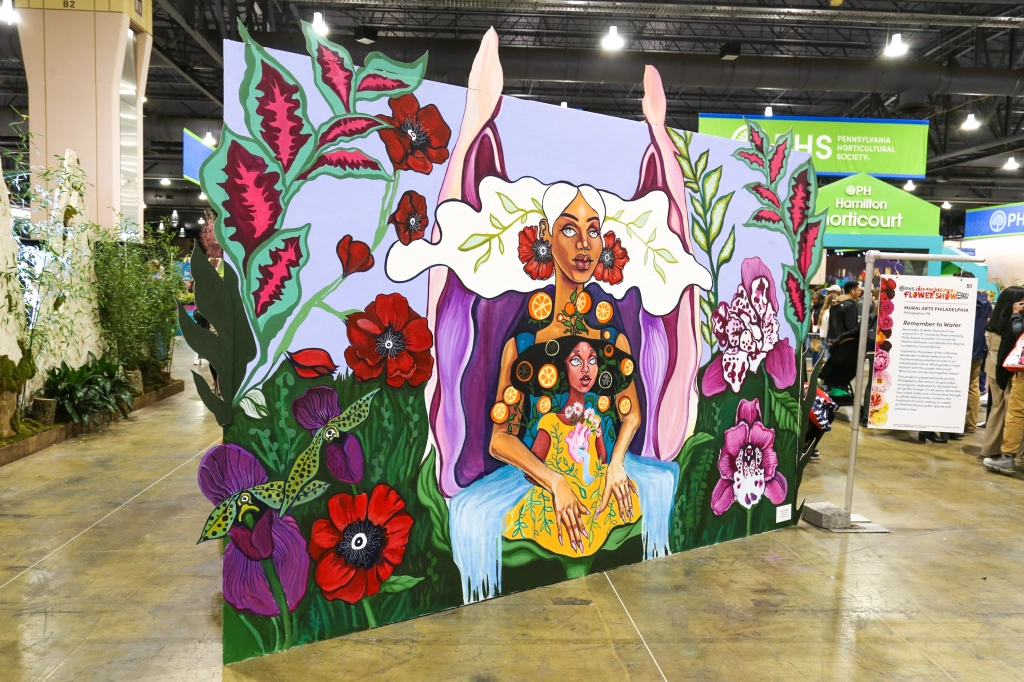Last October, I got the INCREDIBLE opportunity to tour and photograph the Edward W. Bok School building, a gigantic former public high school located at 1901 South 9th street in South Philly. This past Thursday, I got the opportunity again, but this time with complete access to the ENTIRE building, which many of you have now likely seen parts of thanks to the opening of Le Bok Fin.
Both times I was invited by Lindsey Scannapieco of Scout Ltd. Scout, I have learned, is an amazing collective of self-described ‘enthusiastic young urban designers and strategy makers.’ The group were BRILLIANTLY selected as the developers of Bok in September 2014 after the school was put up for auction by the School District and the Philadelphia Industrial Development Corporation (PIDC) following its 2013 closing.
Touring the school last October, I couldn’t help but feel a bit torn. While I was without a doubt excited that a community-oriented developer was picked to shape the future of the building, I couldn’t help but to think of its past.
I don’t think there’s a single Philadelphian who wouldn’t put fixing our public school system at the top of their ‘must do’ list for the city. A weak public school system effects every aspect of our city and its ultimate potential. And for some, like myself (a graduate of a Philadelphia public school), it’s hard to immediately separate this building from that deep frustration. And while that’s completely understandable, I also believe that leaving this building vacant does nothing to help the community around it, nor does it help to address the unjust underfunding of our city’s public schools.
The way I look at it is: What’s done is done. The School District has sold the building. We can’t go back, so let’s make the best of it. Let’s use it to create opportunity in the community. And let’s move forward thoughtfully. And that’s not some pie in the sky stuff. This building could have EASILY been sold to developers who would have renovated the space into condos. Instead, Scout is transforming the building into a workers’ space. A space for artists, makers, and entrepreneurs to come and build their businesses, make connections, and create jobs and opportunity in the process.
So what could this space ultimately look like? Funny enough, Lindsey and I were recently in Detroit together for the Knights Cities Challenge Winners’ Summit, and there we saw a space not too far from her vision for Bok. (By the way, I was there for the project I’m currently working on called Next Stop: Democracy, and Lindsey for THIS plan she created to activate the space around Bok for public use by the neighborhood.) In Detroit, there’s the Detroit Creative Corridor Center (or “DC3”), a formerly abandoned building leftover from Detroit’s motor industry heyday. It’s at least 3 or 4 times the size of Bok (I’m completely guessing, but trust me it was HUGE), and the building is now home to all sorts of makers, notably the Shinola Factory.
My excitement for Bok and for the incredible people behind it can hardly be expressed. This is EXACTLY the type of community development I begged for the Penn Treaty Power Plant, and would love to see with the Divine Lorraine, two other iconic Philly buildings which are currently slated to become a hotel and luxury condos respectively. Will people be invited into the depths of those historic buildings the way Bok’s developers have invited Philadelphians to come in, explore their incredible roof, and grab a beer (or not) while they’re at it? I hope so, but it does not seem too likely from the press I’ve seen. And no, a restaurant is not the same thing. (Feel free to comment, however, if you know otherwise!)
Should we continue to hold our city and state representatives responsible for underfunding public education in Philly? Of course! But can we do so while enjoying the wonderful opportunities Bok is attempting to create for our community? YES.
Of course, Bok’s multiple roofs offer just some of the best views of the city I’ve ever seen…



















































































Leave a comment